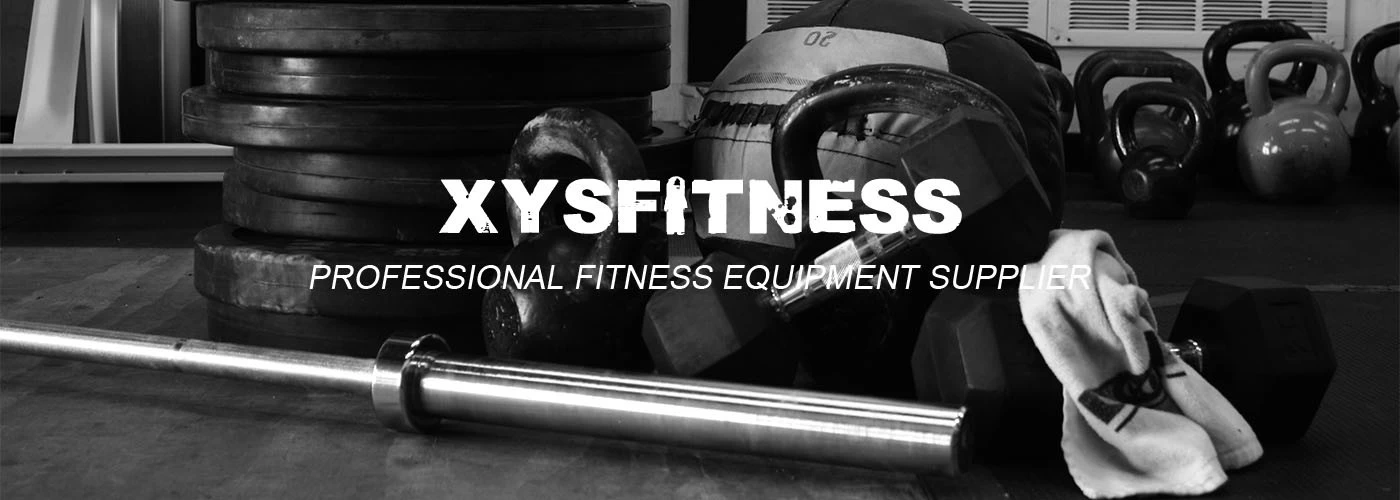Considerations when in the Market for New Fitness Equipment.
With budgets finalized and students back on campus, it’s likely your institution is preparing to invest in new fitness equipment. In other words, let the buying season begin. On average, properly maintained cardio equipment should be replaced every three to five years. Strength equipment can last up to 10 years or more. If you are in the market, here are a few suggestions to consider and questions you will want to ask before making your next purchase.
What do we want or need?
Before you begin investigating suppliers, have a clear understanding of the specific needs of your fitness center. How often is your current equipment being used and which products need replaced? What are the most popular items and why? Who is using the equipment and for what purpose? What do the users like, dislike and why? You may also want to survey the users of the equipment. They can provide terrific insight, and can confirm or dispel any beliefs you might have. Another great place to look is in the industry trade publications. Review the ads and articles and check out the vendors’ websites. If you haven’t attended a tradeshow in a while, now would be the time. Not only will you have the chance to see and test the equipment, it’s a great place to develop relationships with peers and vendors alike. All of these resources will provide a wealth of information on the newest products, technology and trends to help you make an informed decision.
Who do we invite to the dance?
Now that you’ve determined what you need, the next question is who you should ask to bid? If you don’t have a good list of contacts, a terrific place to start is the PUPN Marketplace or NIRSA Buyers’ Guide. You do not need to be a subscriber or member to access either of these resources. Additionally, talking with peers at other institutions is highly recommended as they can share their experiences with specific vendors, product quality, delivery, maintenance and post-sales support. Depending on the amount of equipment and specific needs, inviting at least three to four vendors to submit a bid should be adequate. Contact both local and national suppliers and spend some time talking and/or meeting with each. Ask for recommendations and don’t be afraid to consider equipment and product features that are different from the norm. Also, many suppliers will offer demo units to evaluate, especially if the quantity of equipment you are interested in purchasing is significant.
Total Cost of Ownership
There is the price you pay and then there’s what it cost. Sure, price is important, but don’t overlook the total cost of owning the product. Even the most durable equipment will require service and ongoing maintenance. It’s important to understand these expectations and costs. Although, purchasing equipment with all the bells and whistles can be attractive, some users may be intimidated and need assistance to operate. Further, repairs can be costly and require certified technicians to maintain. Be sure to inquire about the ease-of-use, training requirements, ongoing software upgrades and any additional facility needs (IE. electrical, WiFi, cable, space). Warranty protection, maintenance, post-sales support, parts availability and other facility requirements can vary greatly by manufacturer and significantly impact the overall costs. Be sure to read and understand the product warranty completely, including the fine print—are replacement parts freight costs covered? Is a lifetime warranty defined as the average life of the product or forever? How responsive is the service department? Try calling or sending an email to each vendor’s customer service department and evaluate how quickly your call or email is answered. Talk with other customers about their experience with both the overall product quality and vendor’s after-the-sale support. Did the product meet expectations? Did the vendor honor their commitments? Would they purchase the same equipment and work with the vendor again? Why or why not? All of these items should be considered part of the total costs and weighed accordingly.
How are you going to pay for it?
Once you have determined what you need and who you are going to purchase from, the next step is deciding how to pay for it. Should you buy it outright or lease it? Leasing has become much more common and provides an opportunity to change your equipment every few years. On the other hand, buying the equipment saves money by eliminating interest and providing you the ability to sell or donate it at a later date of your choosing. Most equipment vendors can refer you to reputable third-party finance companies or offer in-house financing options.
Purchasing new equipment for your fitness center can be an exciting and rewarding experience. A well designed and equipped fitness center will attract more users and help market your institution to prospective students, professors and administrators. Do your homework, ask a lot of questions, lean on the vendors for answers and include numerous people in the process.
ABOUT THE AUTHOR: Kevin Feldman is Vice President of Sales & Marketing at Green Series Fitness, and wrote this article for Private University Products News.
Kevin M. Feldman
VP Sales & Marketing
